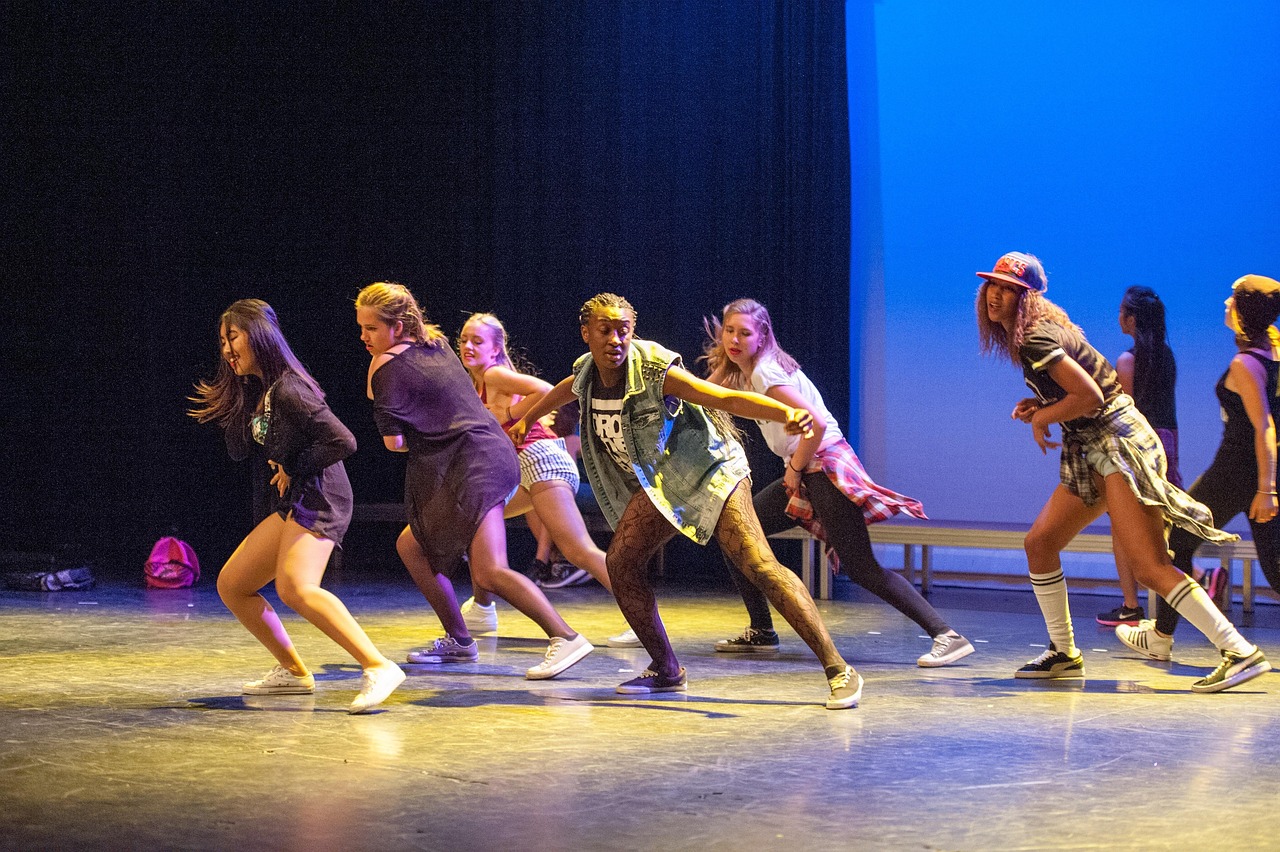Challenges for Choreographers Working with Artists Booked for Music Festivals.

Whilst traditional rock bands and DJs do not rely on visual dance shows to accompany their music many solo artists put a heavy emphasis on their visual presentation and dance moves. These dance shows are created and managed by choreographers who spend long periods with artists to create visual impact. Getting these to work in a live show environment can be challenging.
An artist on a tour who uses dance shows as a key part of their performances face different challenges on a music festival site opposed to a large fixed venue. Most festivals are held outdoors in variable conditions with large unpredictable audiences and smaller stages. In addition, the artist may only be one of many artists performing with tight set changes and other logistical challenges. This requires choreographers to carefully plan and cooperate with festival organisers to deliver an impactful show.
What do Choreographers Do.
The professional choreographer is usually employed by an artist or their management team with the purpose of creating a visually impactful dance show that synchronises with the music. A choreographer will design dance routines that complement the music and often help tell a story for example. Aside from a focus on the artist, dance routines often incorporate a troop of professional dancers used to working with choreographers and artists. Choreographers must work within an artist’s limitations and utilise any accompanying dance troop to enhance the dance routines. Other aspects that choreographers will be involved with may include working with lighting and special effects technicians to build an overall presentation.
Rehearsals On-Site.
Dance routines are often created and perfected in a studio environment and for fixed venues rehearsals can be easily scheduled and conducted. The rehearsal becomes a huge challenge on an outdoor festival site because of the limited back stage space and having to share stage time with numerous other artists doing sound checks and their own rehearsals. Choreographers can use video footage and other aids for virtual run throughs to overcome any potential lack of rehearsal time.
Stage and Dressing Room Restrictions.
With limited space back stage, small shared dressing rooms and limited sized stages it is essential that choreographers have a full understanding of any limitations before live performance dates. This may require alterations to routines or a reduction in the dance troop size in order to fit everything onto the available space. Studio rehearsals can be made using the known stage dimensions to ensure that any dance routines work in that space and remain visually impactful. Choreographers will need to work closely with stage managers and the festival production team to ensure that wardrobe changes are possible in the limited back stage zones and that transitions can be synchronised with other artists scheduled.
Timing and Schedules.
When the artist’s management team is agreeing schedules and set times with festival organisers a choreographer should be involved in discussions too. They can add information about set transition times and wardrobe changes required. Organisers can then arrange other artist sets to fit in with required timing. It is not unusual to only allow 15 minutes between artist transitions but a large dance troop with greater dressing room requirements may take considerably longer.
Other Common Challenges.
The outdoor music festival environment can present challenges for artist performances using choreographed dance routines. The acoustic stage monitors can sometimes go out of sync or be uneven making it difficult for dancers to stay in sync with the music. Any adverse weather conditions particularly strong winds and heavy rain can make stages wet and less safe for dancers so choreographers should ensure that pre-performance inspections are conducted in such situations.
For festival organisers planning their next events using a software management platform like Festival Pro gives them all the functionality they need manage every aspect of their event logistics. The guys who are responsible for this software have been in the front line of event management for many years and the features are built from that experience and are performance artists themselves. The Festival Pro platform is easy to use and has comprehensive features with specific modules for managing artists, contractors, venues/stages, vendors, volunteers, sponsors, guestlists, ticketing, site planning, cashless payments and contactless ordering.
Image by czijp0 via Pixabay
<< Back to articles
Contact us
Get in touch to discuss your requirements.
US: +1 424 485 0220 (USA)
UK: +44 207 060 2666 (United Kingdom)
AU: +61 (2) 8357 0793 (Australia)
NZ: +64 (0)9887 8005 (New Zealand)